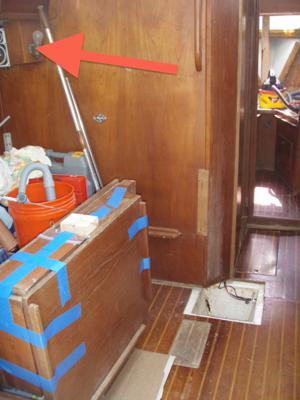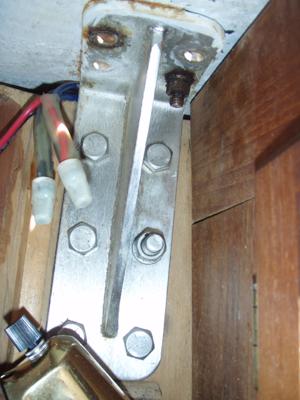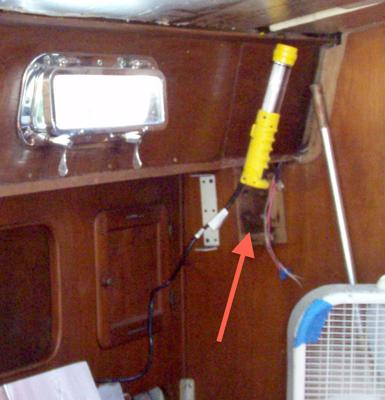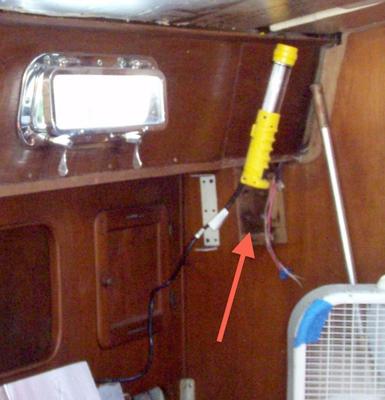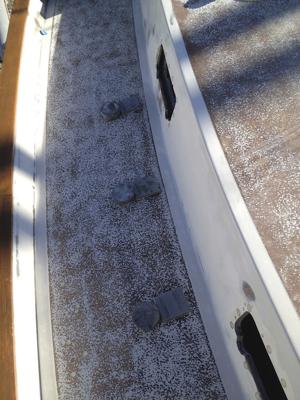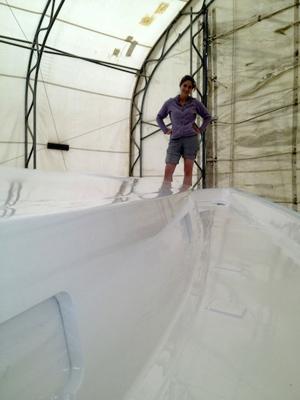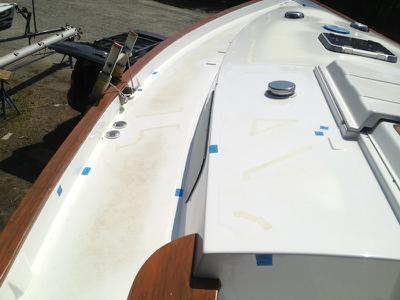stnick
lee nicholas
So i found this leak over the 4th, main cabin right next the bulkhead main cabin knee. the upper chain plate had leaked for years and the PO did nothing.
So yesterday i put a screw in the screw gun to the knee bungs and they popped right out !Once removed , I see old wet stains. the bulkhead is soft. i removed the light fixture also.
I'm thinking penetrating resin ? T
he soft is no more than 3in long and 1 inch deep.
Now the chain plate is temp repaired by life caulk from the deck around the chain plate. Its the upper that leaks..Sure wish I understood how to remove and seal under it !
I have been in the head behind the soft wood in the head locker over the head..
Removed the electric outlet and the teak patch behind it ! I see a SS plate !
Are there nuts on the other side of this chain plate for my upper shroud ?
I have some teak skin and am used to teak patching. But its never invisible !
If i ever figure out how to resize pic with this apple I take some pix. Lee
So yesterday i put a screw in the screw gun to the knee bungs and they popped right out !Once removed , I see old wet stains. the bulkhead is soft. i removed the light fixture also.
I'm thinking penetrating resin ? T
he soft is no more than 3in long and 1 inch deep.
Now the chain plate is temp repaired by life caulk from the deck around the chain plate. Its the upper that leaks..Sure wish I understood how to remove and seal under it !
I have been in the head behind the soft wood in the head locker over the head..
Removed the electric outlet and the teak patch behind it ! I see a SS plate !
Are there nuts on the other side of this chain plate for my upper shroud ?
I have some teak skin and am used to teak patching. But its never invisible !
If i ever figure out how to resize pic with this apple I take some pix. Lee


